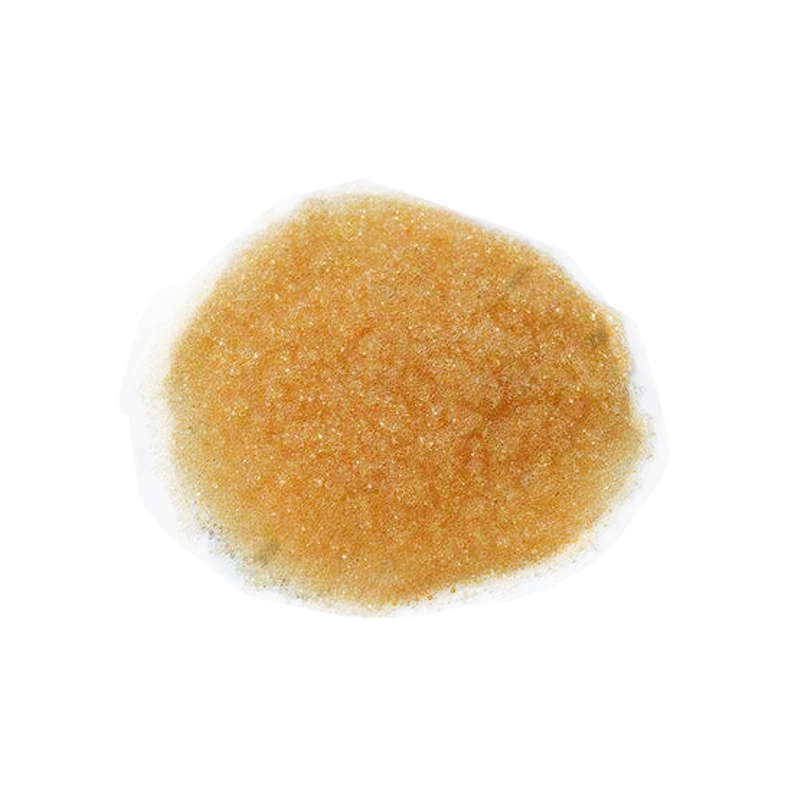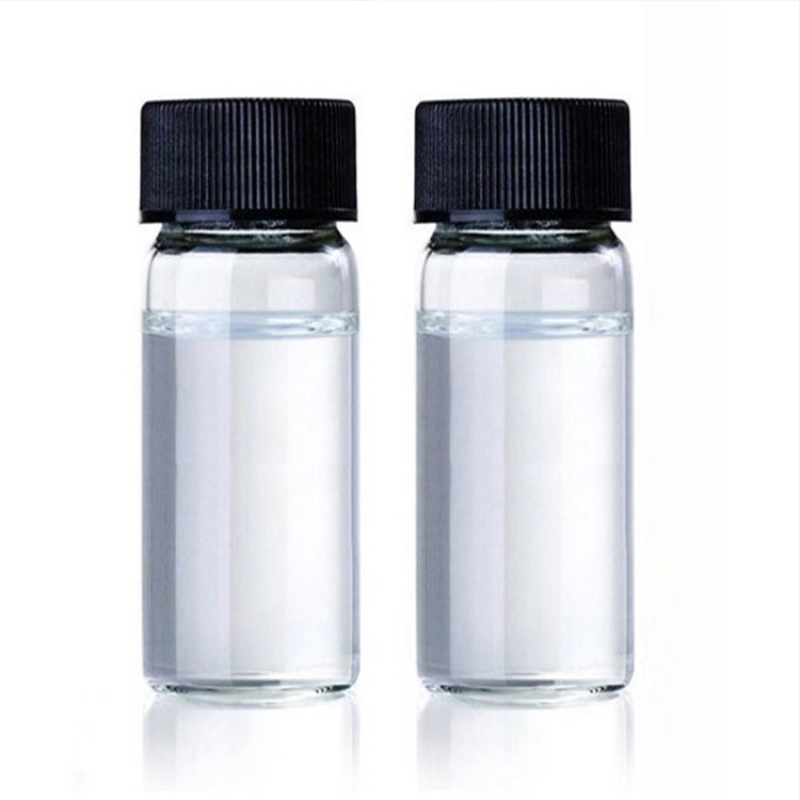99%Citric acid CAS#77-92-9Product Description:Introducing our high-quality Citric Acid Powder, a versatile and essential component in various industries, with the chemical abstract service number CAS#77-92-9.
Contact Now
Citric acid CAS# 77-92-9At our company, we pride ourselves on offering the highest quality Citric acid CAS# 77-92-9, a versatile organic acid that is widely recognized for its multifaceted applications across various industries.
Contact Now
Citric Acid Usp CAS#77-92-9At our company, we pride ourselves on offering the highest quality Citric Acid USP (CAS#77-92-9), a versatile organic acid that is widely recognized for its multifaceted applications across various industries.
Contact Now
Product Name: Anhydrous Citric AcidCAS Number: 77-92-9Anhydrous Citric Acid (CAS# 77-92-9) is a premium, high-purity compound known for its exceptional acidifying, buffering, and chelating properties.
Contact Now
Products Description of Citric acid CAS#77-92-9Citric acid is a white, crystalline, weak organic acid present in most plants and many animals as an intermediate in cellular respiration. Citric acid contains three carboxyl groups making it a carboxylic, more specifically a tricarboxylic, acid.the name citrus originates from the Greek kedromelon meaning apple of melon for the fruit citron. Greek works mention kitron, kitrion, or kitreos for citron fruit, which is an oblong fruit several inches long from the scrublike tree Citrus medica.
Contact Now
C6H8O7 CAS#77-92-9Discover the versatility of citric acid, a natural organic compound with the chemical formula C6H8O7 and registration number CAS#77-92-9.
Contact Now
Products Description of Neosperidin dihydrochalcone CAS#20702-77-6Neohesperidin dihydrochalcone (NHDC) is a new sweetener that is hydrogenated from neohesperidin extracted from natural citrus plants. It has high sweetness, good taste, long-lasting aftertaste, and low calories.
Contact Now
Petroleum Resins CAS#68131-77-1Petroleum resin is produced by pre-treatment, polymerization, distillation and other processes of C5 and C9 fractions produced as by-products of petroleum cracking.
Contact Now
Products Description of Citric Acid Monohydrate CAS#5949-29-1 Citric acid monohydrate is an organic compound with the chemical formula C6H10O8 and a molecular weight of 210.139.
Contact Now
Products Description of SANDALORE CAS#65113-99-7Sandalore is a synthetic sandalwood odorant with odor in some ways similar to sandalwood and consequently used in perfumes, emollients, and skin cleaning agents. Sandalore, and the similar brahmanol, have been identified as agonists of the cutaneous olfactory receptor OR2AT4, and found to induce strong Ca2+ signals in cultured human keratinocytes.
Contact Now
Products Description of 3,5-Dinitrosalicylic acid CAS#609-99-4Yellow flaky crystals. Melting point 173-174°C. Soluble in alcohol, benzene, ether, slightly soluble in water.3,5-Dinitrosalicylic acid Chemical PropertiesMelting point 168-172 °C (lit.)Boiling point 369.91°C (rough estimate)density 1.7914 (rough estimate)refractive index 1.5300 (estimate)storage temp. room tempsolubility H2O: soluble50mg/mLform Powderpka1.57±0.10(Predicted)color YellowPH Range1.3-1.8 (10g/L @ 20°C)Water Solubility solubleBRN 2220661Stability:Stable.
Contact Now
Products Description of Citric acid CAS#77-92-9Zinc Phosphate (CAS#7779-90-0) is an inorganic compound that appears as a white, odorless powder. It is a zinc salt derived from phosphoric acid and is characterized by its stable properties and low solubility in water. The chemical formula for Zinc Phosphate is Zn3(PO4)2, and it has a molecular weight of 422.12 g/mole. This compound is commonly used as a corrosion inhibitor, particularly in primer paints due to its ability to provide cathodic protection.
Contact Now
Products Description of 4-Morpholineethanesulfonic acid CAS#4432-31-92-Morpholineethanesulfonic acid is a white solid powder at room temperature and pressure. It is soluble in polar solvents such as water, ethanol, methanol, and acetone, but insoluble in non-polar solvents. Its molecular structure contains a morpholine ring and an ethanesulfonic acid group. The morpholine ring is a nitrogen-containing heterocyclic compound with high stability and inertness, and has no obvious toxicity or irritation to organisms.
Contact Now
Products Description of (S)-(+)-Mandelic acid 99% CAS#17199-29-0 Mandelic acid is white shiny crystalline powder, crystals or flakes; solubility in water: 100g/L (25℃). Soluble in alcohol and ether.
Contact Now
Products Description of Dibutylamine CAS#111-92-2Pure di-n-butylamine is a colorless liquid, m.p.-60℃ (-61.9℃), b.p.159℃ (48℃/1.73kPa), n20D1.4177, relative density 0.767 (20℃), f.p.41℃, soluble in water, acetone and benzene, and easily soluble in ethanol and ether.Dibutylamine Chemical PropertiesMelting point −62 °C(lit.)Boiling point 159 °C(lit.)density 0.767 g/mL at 25 °C(lit.)vapor density 4.46 (vs air)vapor pressure 1.9 mm Hg ( 20 °C)refractive index n20/D 1.417(lit.)Fp 106 °Fstorage temp. Store below +30°C.so
Contact Now
Products Description of DL-Mandelic acid 99% CAS#90-64-2Mandelic acid is a large molecular weight fruit acid that is lipophilic. Compared with the common fruit acid-glycolic acid, mandelic acid has certain antibacterial ability. At the same time, compared with common glycolic acid and lactic acid, its penetration rate into Chemicalbook skin will be slower, which means that it is less irritating than glycolic acid. Its fat solubility is increased and the ability of stratum corneum to penetrate the skin is improved.
Contact Now
Products Description of 1-Piperazinecarbaldehyde CAS#7755-92-2Oily liquid.
Contact Now
Products Description of Sulfuric acid CAS#7664-93-9Sulfuric Acid (CAS# 7664-93-9) is a potent, colorless, and odorless mineral acid with a wide range of applications across various industries. As a cornerstone in chemical manufacturing, it's instrumental in producing fertilizers, dyes, and pigments. Its strong dehydrating and oxidizing properties make it indispensable in metal processing and refining petroleum. In the laboratory, it's a versatile reagent for titration and sample preparation.
Contact Now
Products Description of 1-Methylimidazole 99% CAS#616-47-7N-methylimidazole, also known as 1-methylimidazole, is mainly used as an organic synthesis intermediate, ionic liquid and resin curing agent, adhesive, etc., such as the synthesis of deoxyribonucleic acid and acetylation catalyst, as well as for casting, bonding and fiberglass. Therefore, optimizing the synthesis process of N-methylimidazole has great application value and practical significance.
Contact Now
Products Description of Inhibitor 701 99% CAS#2226-96-2Inhibitor 701 is a nitroxide free radical inhibitor, which is suitable for preventing the self-polymerization of olefins and unsaturated monomers during production, separation, refining, storage and transportation, and controlling and regulating the degree of polymerization of olefins and their derivatives in organic synthesis reactions2.
Contact Now
Products Description of 2,4,6-TRIMETHOXYPYRIMIDINE CAS#13106-85-92-Amino-2-cyclobutylethanol is a chemical.CAS No. is 13106-85-9.2,4,6-TRIMETHOXYPYRIMIDINE Chemical PropertiesMelting point 51-54 °C (lit.)Boiling point 232 °Cdensity 1.150±0.06 g/cm3(Predicted)storage temp. Sealed in dry,Room Temperaturesolubility Methanol[soluble in]solubility soluble in Methanolform powder to crystalpka1.16±0.30(Predicted)color White to Almost whiteCAS DataBase Reference13106-85-9(CAS DataBase Reference)Safety InformationHazard Codes XiRisk Statement
Contact Now
Products Description of 4-Pyridazinecarboxylic Acid CAS#50681-25-94-Pyridazinecarboxylic Acid is a commonly used chemical raw material, often used as a pharmaceutical intermediate.4-Pyridazinecarboxylic Acid CAS#50681-25-9 Chemical PropertiesMelting point 244.2 °C (dec.) (lit.)Boiling point 404.2±18.0 °C(Predicted)density 1.403±0.06 g/cm3(Predicted)storage temp. Sealed in dry,Room Temperatureform powder to crystalpka3.18±0.10(Predicted)color White to Almost whiteInChIInChI=1S/C5H4N2O2/c8-5(9)4-1-2-6-7-3-4/h1-3H,(H,8,9)InChIKeyJUSIWJONLKBPDU-UHFFFAOYSA-NS
Contact Now
Products Description of 1-BENZHYDRYLPIPERAZINE CAS#841-77-0Benzhydrylpiperazine (English name benzhydrylpiperazine) is also known as 1-Benzhydrylpiperazine, N-(Diphenylmethyl)piperazine. It is a white solid at room temperature and is soluble in ethanol, benzene and toluene. Its solubility in water at 20 ºC is only 0.45 g/L. Benzhydrylpiperazine is a toxic chemical and is harmful if swallowed. Avoid contact with skin and eyes. Benzhydrylpiperazine is sensitive to air. Avoid the generation of Benzhydrylpiperazine dust and aerosol in the operating area.
Contact Now
Products Description of Cyanuric chloride CAS#108-77-0Cyanuric chloride is an organic compound with the molecular formula C3Cl3N3. It is an important fine chemical product with a wide range of uses. It is an intermediate in the pesticide industry and a raw material for manufacturing reactive dyes. It can be used as various auxiliaries in organic industrial production. Agents, such as fluorescent whitening agents, textile anti-shrunk agents, surfactants, etc., are rubber accelerators and one of the raw materials used in the manufacture of explosives for national defense.
Contact Now


































